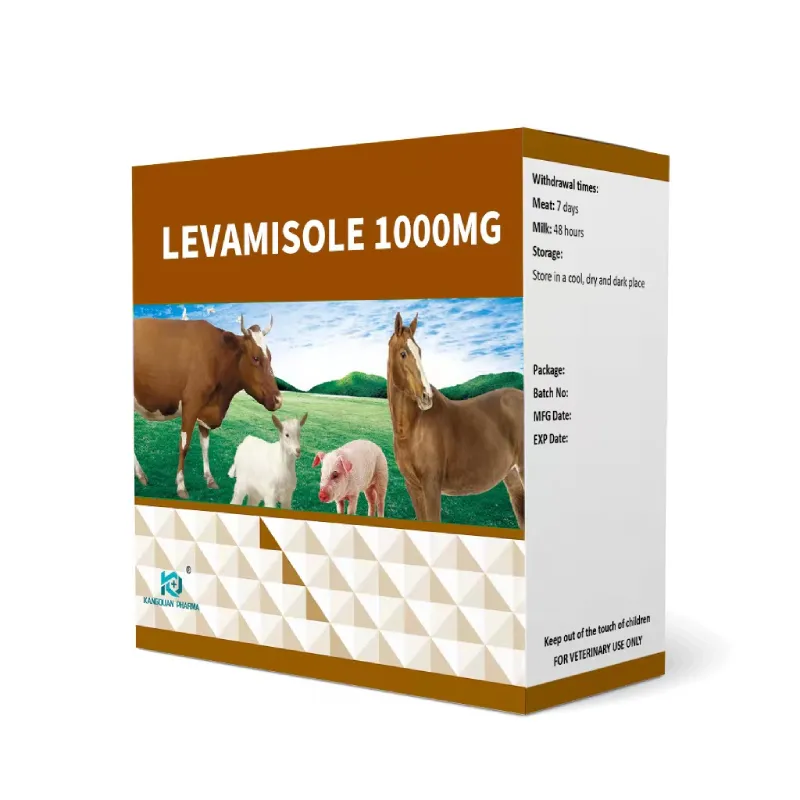- Afrikaans
- Albanian
- Amharic
- Arabic
- Armenian
- Azerbaijani
- Basque
- Belarusian
- Bengali
- Bosnian
- Bulgarian
- Catalan
- Cebuano
- Corsican
- Croatian
- Czech
- Danish
- Dutch
- English
- Esperanto
- Estonian
- Finnish
- French
- Frisian
- Galician
- Georgian
- German
- Greek
- Gujarati
- Haitian Creole
- hausa
- hawaiian
- Hebrew
- Hindi
- Miao
- Hungarian
- Icelandic
- igbo
- Indonesian
- irish
- Italian
- Japanese
- Javanese
- Kannada
- kazakh
- Khmer
- Rwandese
- Korean
- Kurdish
- Kyrgyz
- Lao
- Latin
- Latvian
- Lithuanian
- Luxembourgish
- Macedonian
- Malgashi
- Malay
- Malayalam
- Maltese
- Maori
- Marathi
- Mongolian
- Myanmar
- Nepali
- Norwegian
- Norwegian
- Occitan
- Pashto
- Persian
- Polish
- Portuguese
- Punjabi
- Romanian
- Russian
- Samoan
- Scottish Gaelic
- Serbian
- Sesotho
- Shona
- Sindhi
- Sinhala
- Slovak
- Slovenian
- Somali
- Spanish
- Sundanese
- Swahili
- Swedish
- Tagalog
- Tajik
- Tamil
- Tatar
- Telugu
- Thai
- Turkish
- Turkmen
- Ukrainian
- Urdu
- Uighur
- Uzbek
- Vietnamese
- Welsh
- Bantu
- Yiddish
- Yoruba
- Zulu
8 月 . 01, 2024 04:09 Back to list
Investigation of Tylosin Injection Efficacy and Safety in Veterinary Medicine Applications and Treatments
Tylosin Injection Uses, Benefits, and Considerations
Tylosin is a macrolide antibiotic that is widely used in veterinary medicine, particularly for the treatment of various infections in livestock and pets. Its mechanism of action is similar to that of erythromycin, targeting bacterial protein synthesis, which makes it effective against a broad spectrum of Gram-positive bacteria and some Gram-negative bacteria. Tylosin injection has garnered significant attention due to its efficiency in combating specific diseases, promoting growth in livestock, and its role in maintaining animal health.
Uses of Tylosin Injection
Tylosin injection is primarily utilized in veterinary practice for treating respiratory, skin, and gastrointestinal infections in animals such as cattle, pigs, and poultry. It is effective against pathogens that cause pleuropneumonia, mycoplasmosis, and other bacterial infections. Additionally, tylosin has been used to manage certain mycoplasma infections that are notoriously difficult to treat due to their resistance to many traditional antibiotics.
In the agricultural sector, tylosin is often employed not only to treat sick animals but also as a growth promoter. When used in sub-therapeutic doses, it can enhance feed efficiency and weight gain in livestock by modifying gut microbiota and reducing the prevalence of certain enteric pathogens. This characteristic has made tylosin a valuable tool for farmers aiming to optimize production while ensuring the health and welfare of their animals.
Benefits of Tylosin Injection
One of the key advantages of tylosin injection is its rapid onset of action. Administered via injection, it allows for quicker absorption into the bloodstream compared to oral medications. This is particularly crucial in acute cases where timely intervention is necessary to prevent the spread of infection or to safeguard animal well-being.
tylosin injection

Moreover, tylosin possesses a favorable safety profile when used as directed. While side effects are possible, they are relatively rare, making it a preferred choice among veterinarians. The potential for tylosin to promote gut health and improve overall performance in livestock also contributes to its popularity in the industry.
Considerations and Precautions
Despite its numerous benefits, it is essential to use tylosin judiciously. Overuse or misuse of antibiotics, including tylosin, can lead to the development of antibiotic-resistant bacteria, potentially compromising not only animal health but also public health. Farmers and veterinarians are encouraged to adopt responsible practices, including adhering to recommended dosages and treatment durations, and utilizing antibiotics only when necessary.
Additionally, regulatory guidelines concerning tylosin usage vary significantly across different regions, particularly with respect to its application in food-producing animals. It is crucial for livestock producers to stay informed about local regulations to ensure compliance and maintain food safety standards.
Conclusion
Tylosin injection remains a vital component of veterinary medicine, playing a crucial role in the treatment of bacterial infections and promoting health in livestock. Its effectiveness, rapid action, and safety profile make it a valuable resource for veterinarians and farmers alike. However, responsible usage is imperative to prevent antibiotic resistance and ensure the ongoing efficacy of tylosin and similar agents. As the landscape of veterinary medicine continues to evolve, tylosin will likely remain a cornerstone in maintaining the health and productivity of animals across the globe.
-
The Power of Radix Isatidis Extract for Your Health and Wellness
NewsOct.29,2024
-
Neomycin Sulfate Soluble Powder: A Versatile Solution for Pet Health
NewsOct.29,2024
-
Lincomycin Hydrochloride Soluble Powder – The Essential Solution
NewsOct.29,2024
-
Garamycin Gentamicin Sulfate for Effective Infection Control
NewsOct.29,2024
-
Doxycycline Hyclate Soluble Powder: Your Antibiotic Needs
NewsOct.29,2024
-
Tilmicosin Premix: The Ultimate Solution for Poultry Health
NewsOct.29,2024













